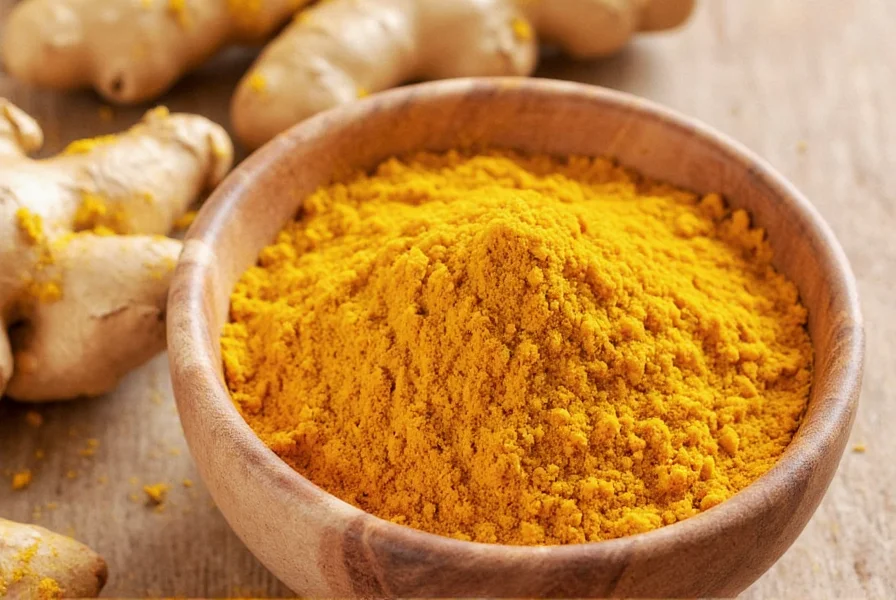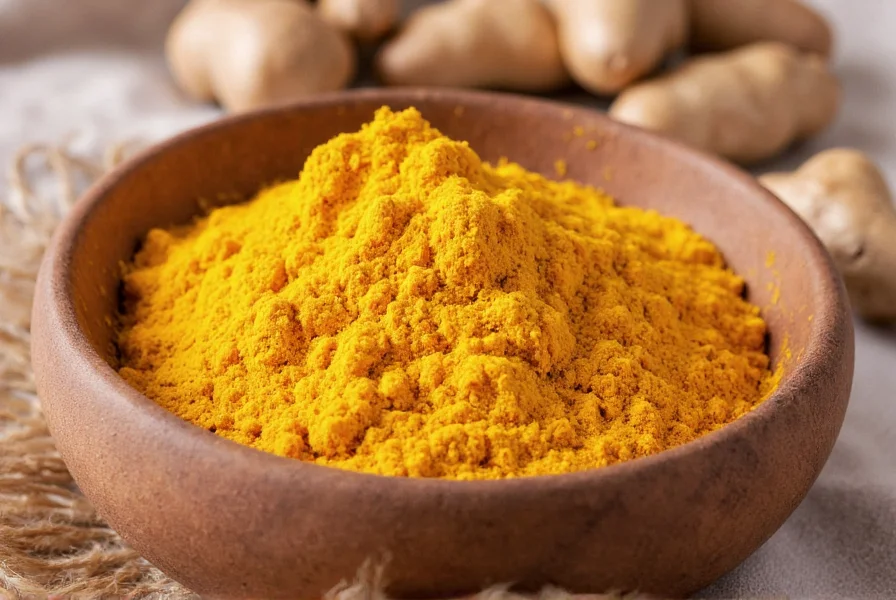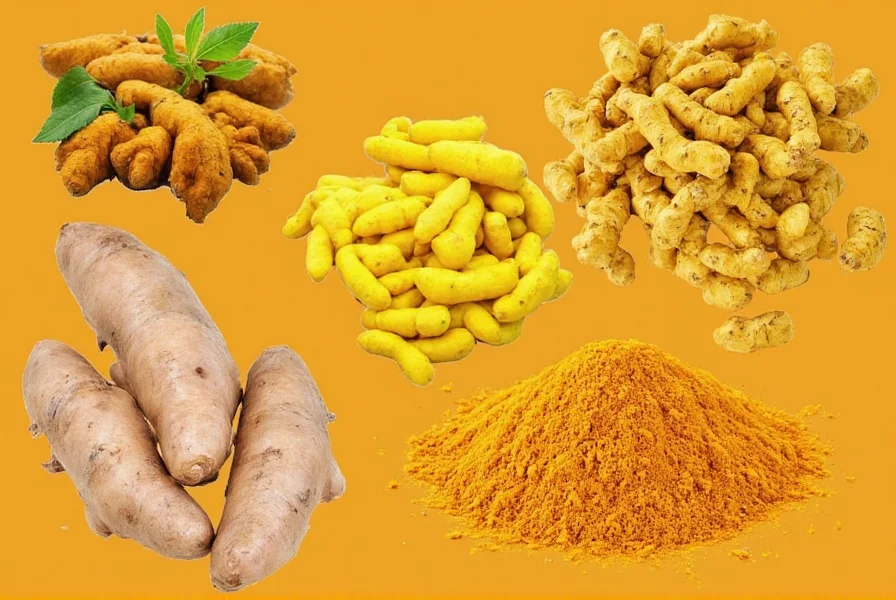For centuries, turmeric and ginger have been staples in traditional medicine systems across Asia and India. Modern science is now validating many of these traditional uses while uncovering new potential applications for these powerful spices. Understanding what turmeric and ginger are good for requires examining the scientific evidence behind their health-promoting compounds.
The Science Behind Turmeric's Health Benefits
Turmeric contains curcumin, a polyphenol responsible for most of its therapeutic effects. Research shows curcumin inhibits multiple molecules involved in inflammation, making it particularly valuable for chronic inflammatory conditions. A comprehensive review published in Journal of Medicinal Food confirmed curcumin's effectiveness in reducing symptoms of osteoarthritis, with participants experiencing significant improvements in pain and function.
Curcumin's low bioavailability presents a challenge, but combining turmeric with black pepper (containing piperine) increases absorption by up to 2,000%. This explains why traditional preparations often include both spices. The National Center for Complementary and Integrative Health notes that while promising, larger and longer-term studies are needed to confirm turmeric's benefits for conditions like depression and metabolic syndrome.
Ginger's Proven Therapeutic Applications
Ginger's primary bioactive compounds, gingerols and shogaols, demonstrate remarkable effectiveness against nausea. Multiple clinical trials confirm ginger's ability to reduce pregnancy-related nausea without the side effects of pharmaceutical options. A meta-analysis in Obstetrics & Gynecology found ginger significantly reduced nausea severity compared to placebo.
For exercise-induced muscle pain, research shows ginger supplementation can reduce soreness by approximately 25%. The American Academy of Neurology recognizes ginger as a potentially effective option for migraine prevention, though more research is needed. Unlike many pain medications, ginger provides relief without significant gastrointestinal side effects.
| Health Benefit | Turmeric Evidence Level | Ginger Evidence Level | Recommended Daily Amount |
|---|---|---|---|
| Anti-inflammatory effects | Strong human studies | Moderate to strong studies | Turmeric: 500-2,000mg; Ginger: 1-1.5g |
| Nausea relief | Limited evidence | Strong human studies | Ginger: 1-1.5g |
| Joint pain reduction | Strong clinical trials | Moderate studies | Turmeric: 500-1,500mg; Ginger: 500-1,000mg |
| Digestive support | Moderate evidence | Strong evidence | Ginger: 1-1.5g |
Synergistic Effects of Turmeric and Ginger Combined
Traditional medicine systems often combine turmeric and ginger, and modern research suggests they may work better together than separately. A study in Phytotherapy Research found the combination demonstrated enhanced anti-inflammatory effects compared to either spice alone. This synergy appears particularly beneficial for digestive health, where both spices stimulate digestive enzymes while reducing gut inflammation.
The combination also shows promise for metabolic health. Research indicates turmeric and ginger together may improve insulin sensitivity more effectively than either alone. However, most studies on their combined effects remain preliminary, with larger human trials needed to confirm these findings.
Safety Considerations and Practical Usage
While generally safe, both spices can interact with certain medications. Turmeric may enhance blood thinners' effects, while ginger can interact with diabetes medications by lowering blood sugar further. People with gallstones should consult doctors before using turmeric supplements, as it may stimulate bile production.
For maximum benefit, consider these practical applications:
- Add fresh turmeric and ginger to smoothies (¼ teaspoon turmeric + ½ inch ginger)
- Make golden milk with turmeric, ginger, black pepper, and warm milk
- Use in cooking: both spices enhance flavor while providing health benefits
- Choose standardized curcumin supplements (with piperine) for therapeutic doses

Limitations of Current Research
While promising, research on turmeric and ginger has limitations. Many studies use concentrated extracts rather than culinary amounts, making it difficult to translate findings to dietary use. Turmeric research particularly suffers from small sample sizes and short durations. The National Institutes of Health emphasizes that while these spices show potential as complementary approaches, they shouldn't replace conventional treatments for serious conditions.
Future research directions include larger clinical trials, longer-term safety studies, and investigations into optimal formulations for better absorption. Scientists are also exploring how genetic differences affect individual responses to these spices.

Conclusion: Evidence-Based Perspective
Turmeric and ginger offer genuine health benefits supported by growing scientific evidence, particularly for inflammation-related conditions and digestive health. Their effectiveness varies by condition, with the strongest evidence supporting ginger for nausea and both spices for certain types of pain relief. When incorporating these spices into your wellness routine, prioritize culinary use over supplements when possible, and consult healthcare providers if you have underlying health conditions or take medications.











 浙公网安备
33010002000092号
浙公网安备
33010002000092号 浙B2-20120091-4
浙B2-20120091-4